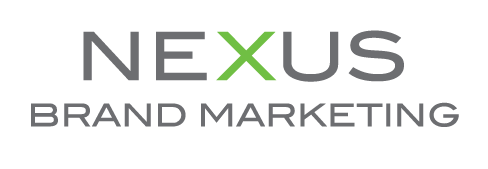Anatomy of an Effective PPC Landing Page
In today’s fast-paced, digital-first marketing landscape, a well-executed pay-per-click (PPC) campaign can be a game-changer for businesses looking to quickly boost their online visibility. But while PPC campaigns can deliver impressions and clicks, it’s your landing pages that have the power to actually convert all that traffic you’re paying for.
A PPC landing page differs from a typical product or service page by being strategically crafted to convert paid traffic, as opposed to providing more general information. It’s usually not a good idea to land paid traffic on your home page, as it doesn’t typically provide the same type of targeted content and engagement-driven design as a properly constructed landing page.
Here are elements to consider when creating a destination for your next PPC campaign.
A short descriptive headline. The headline for your page should be crisp and concise, and it should clearly communicate a benefit potential customers will appreciate. For example, if you have an ebook ghostwriting business, your headline could address the ease of using your service: “Author a book in 30 days without having to write a word.”
Ad-specific content. Google wants the content of your landing page to be highly specific and relevant to your ad copy. This will help enhance its performance in your campaigns. And it’s another reason you generally don’t want to use your home page as a PPC landing page — unless your campaign is geared toward general brand awareness.
Compelling visuals. Use professional product photography, illustrative screen shots of your SaaS platform, unboxing or testimonial videos and other visuals to enhance your product’s appeal. Especially on mobile search, visuals are more likely to drive conversions. Avoid long blocks of uninterrupted text.
Clear value proposition. The page should quickly and clearly communicate the value of your product or service to the visitor. Explain your unique selling proposition with a concise description and series of bullet points or callouts to highlight your most important points.
Call to action (CTA). The CTA is the focal point of your landing page, urging visitors to take immediate action — whether that’s to schedule a demo or consultation, sign up for a newsletter or make a purchase. Use clear and compelling action phrases like “Call Now” or “Free Estimate” to encourage engagement. Incorporate a colorful button that connects to a short contact form, making it easy for potential customers to take the next step. Avoid asking for more information than you need in your form to make it as quick and easy as possible to fill out. Put your CTA along with your other most important information above the fold — or before you have to start scrolling.
Overcome objections. Address and alleviate any potential objections your prospects may have. Draw on your experience with past clients to preemptively address concerns and demonstrate a clear understanding of their needs. Bullet points and images or video can also be useful in this section of your landing page. Overcoming potential objections helps turn hesitant visitors into warmer leads.
Customer testimonials. Social proof is crucial for helping to build trust and credibility. Include a testimonial from satisfied customers — either in video or written format — to help reassure prospects that your product or service is worth their investment. Or consider adding some customer review data to your page.
Value recap. Finish your landing page by recapping the value your visitors will receive from your product or service. Provide another button for your contact form to make it simple and convenient for visitors to get in touch.
Test, Test, Test
An effective PPC landing page is a powerful tool that can drive conversions and boost your return on investment. To optimize your landing page’s performance, it’s essential to continuously split test different elements of your page. Something as small as an image or the placement of your CTA button can make all the difference in terms of your conversion rate. By following these guidelines, monitoring performance and making adjustments based on what you learn, you can create high-converting landing pages that drive results and help your business stand out in the digital marketplace.
